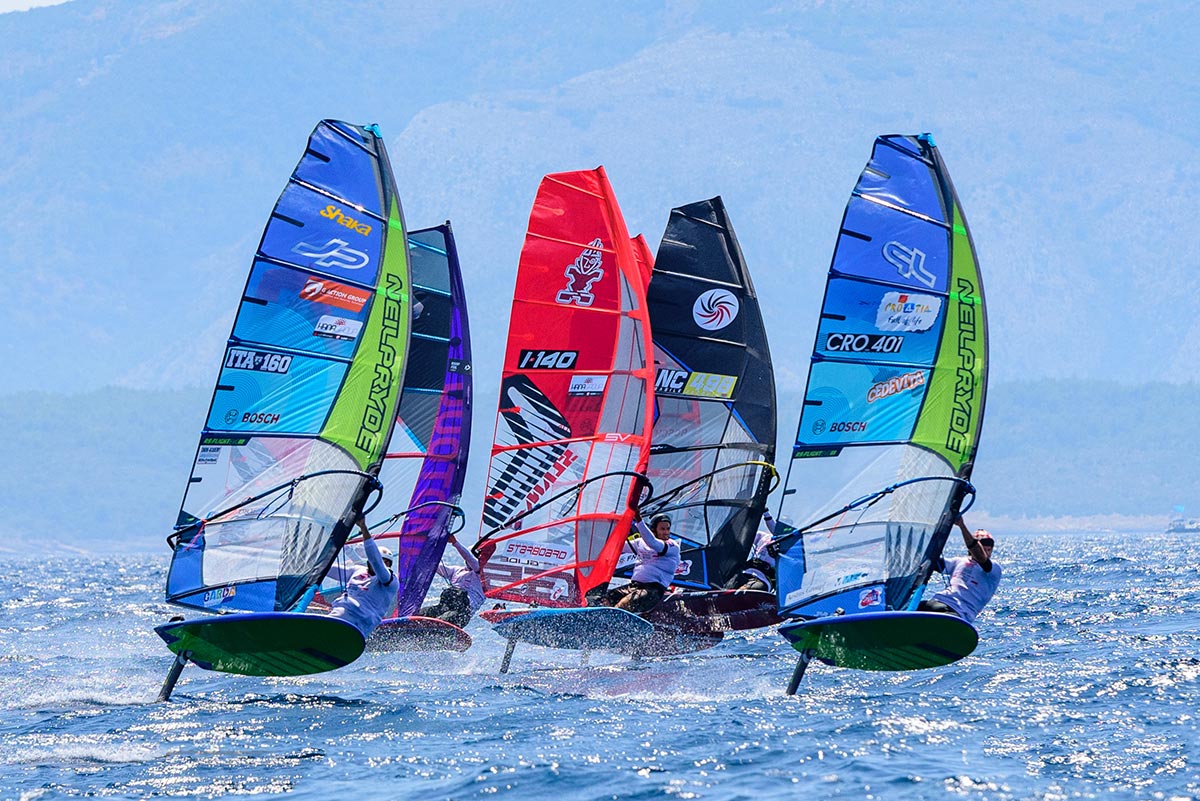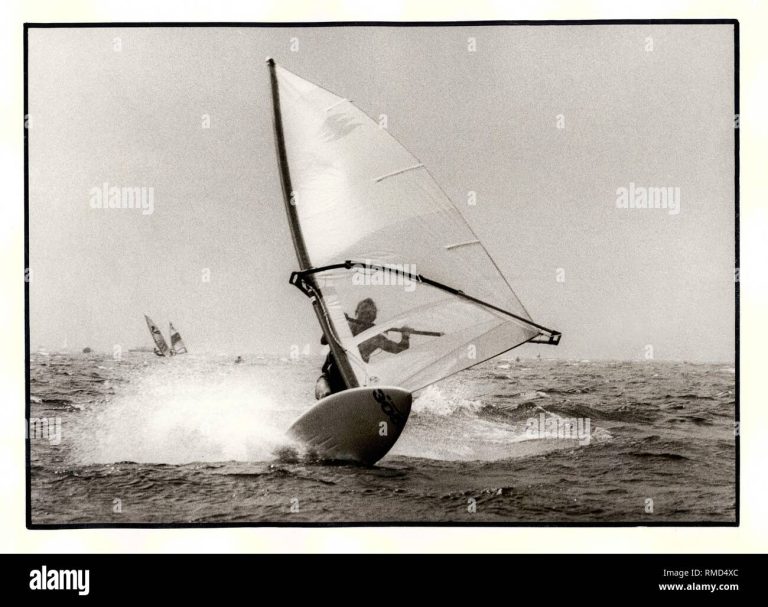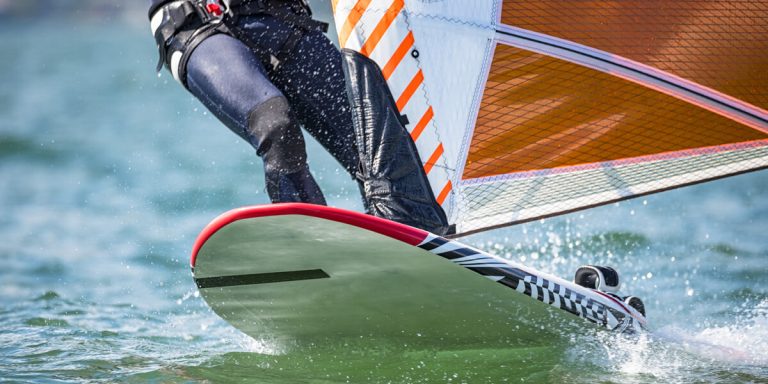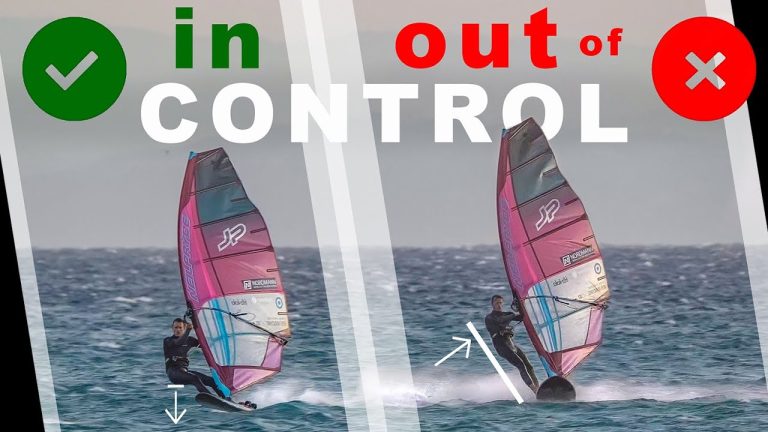Discover the Ultimate Guide to Types and Uses of Windsurfing Sails
There are three main types of windsurfing sails: wave sails, freeride sails, and race sails. Windsurfing is an exciting sport that combines the thrill of surfing with the power of sailing.
One of the most important components of a windsurfer’s kit is their sail. Windsurfing sails come in various shapes and sizes, making each one suitable for different conditions. In this article, we will take a closer look at the different types of windsurfing sails available and what sets them apart.
Whether you are a beginner or an experienced windsurfer, understanding the differences between each type of sail is crucial in helping you choose the right one for your skill level and the conditions you will be sailing in.
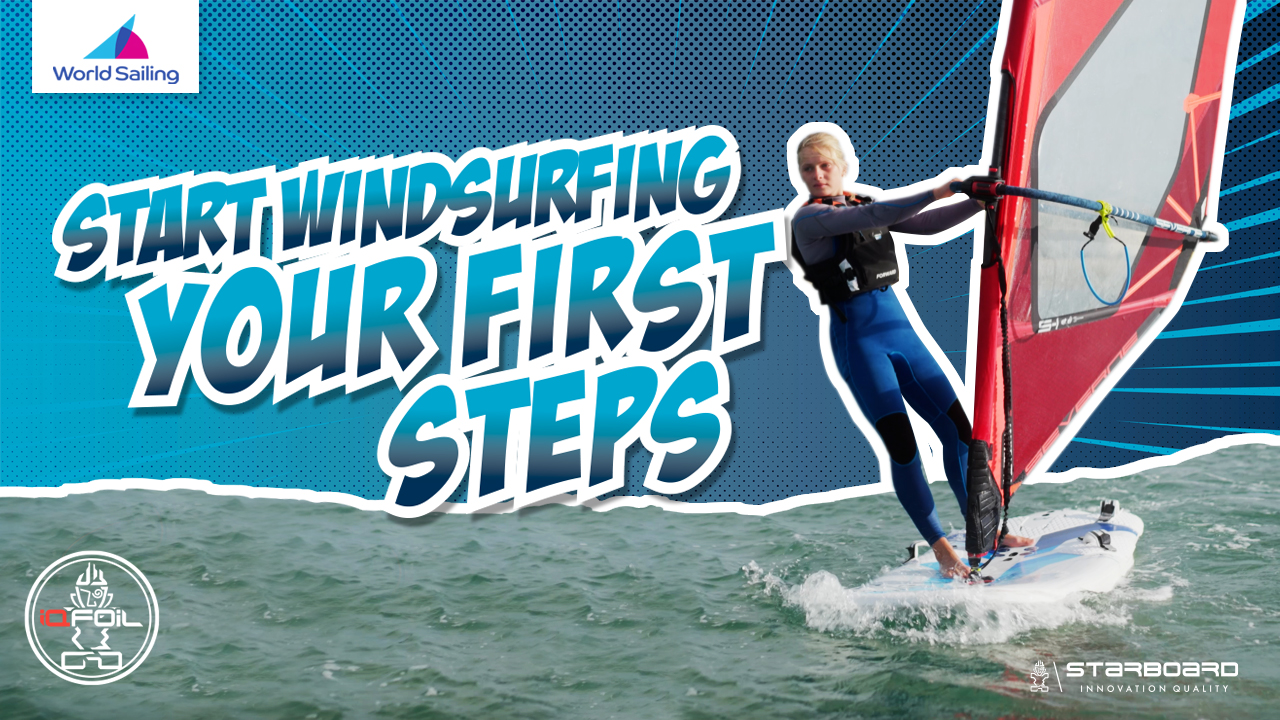
Credit: windsurf.star-board.com
Evolution Of Windsurfing Sails
Windsurfing sails have come a long way since the early days. At first, sails were just made from polyethylene sheets, which made them heavy and difficult to control. Later, improvements in technology and materials made sails more efficient and lightweight.
The introduction of monofilm and mylar sails allowed for better control and increased speed. Different materials such as kevlar and carbon were also used to make sails even lighter and more durable. Today, there are many types of windsurfing sails available, including wave, freestyle, and race sails.
Each sail has its own unique features, such as different sizes and shapes, depending on the windsurfing style and conditions. Overall, the evolution of windsurfing sails has greatly improved the sport’s performance and experience.
Different Types Of Windsurfing Sails
Windsurfing is a popular water sport that requires a variety of equipment, including sails. The different types of windsurfing sails are designed to cater to specific needs and abilities. Wave sails, for instance, are specifically designed for surfing in rough and choppy waters.
Racing sails, on the other hand, are built for high speeds and maneuverability during competitions. Freestyle sails provide greater mobility and control for those who prefer to perform tricks. Beginner sails are designed to make windsurfing easier for those who are just starting out while cruising sails are made for leisurely sailing in calm waters.
These different types of windsurfing sails ensure that there is a perfect fit for every windsurfer based on their level of expertise and preferences.
A Guide To Choosing The Right Windsurfing Sail
Choosing the right windsurfing sail requires careful consideration of wind conditions, sail size, rider skill level, and board type. Windsurfing sails come in a range of sizes to accommodate various wind speeds and water conditions. Beginner riders should opt for smaller sails to start with and gradually increase as they improve their skills.
The type of board used also impacts the sail size needed. A wave board, for example, may require a smaller sail than a freeride board. In more extreme wind conditions, a more durable sail may be needed. Remember to always choose a sail that matches your skill level and the conditions you’ll be sailing in to ensure a successful and enjoyable experience.
Windsurfing Sail Components Explained
Windsurfing sails have several components, including the mast, mast base, extension, boom, sailcloth, and battens. The mast is the vertical pole that holds up the sail and is inserted into the mast base and extension. The boom is the horizontal bar that holds the sail and gives the rider control.
Sailcloth is the material that makes up the sail and can vary in thickness and durability. Finally, battens provide stability to the sail and are inserted into pockets on either side. Choosing the right combination of sail components depends on wind conditions, experience level, and personal preference.
Beginners may want a smaller sail with less power, while advanced riders may prefer a larger, more powerful sail. It’s important to choose the right combination of components to ensure a successful windsurfing experience.
Sail Care Tips
One of the keys to preserving your windsurfing sail is proper care. Cleaning your sail regularly is critical to ensure it maintains its longevity. When cleaning, use mild detergent and cold water to gently scrub away dirt and salt. Proper storage after use is also important to protect it from wear and tear.
Keep your sail in a dry and cool location, avoiding direct sunlight and extreme temperatures. Lastly, minor damages to the sail can inevitably happen, but it doesn’t mean the end of your sail’s life. You can repair it by patching small tears with sturdy tape or taking it to a sail repair professional.
By keeping up with these sail care tips, you can ensure durability and optimal performance for your windsurfing sail.
Common Windsurfing Sail Problems And Solutions
When you are windsurfing, your sail is crucial to your performance. However, sails are prone to certain problems such as rips and tears. If you are dealing with a torn sail, a quick repair with adhesive cloth tape may do the trick.
Another common issue is a deformed sail, which can cause your board to wobble. If your sail is sagging, try tightening the downhaul to fix the problem. Finally, worn-out components can also cause problems, such as poor sail shape. To prevent this, replace your components, like the battens, whenever they become damaged or worn out.
By properly maintaining your windsurfing sail and keeping an eye out for common issues, you can ensure a smooth and enjoyable ride every time.
Frequently Asked Questions For What Are The Different Types Of Windsurfing Sails?
What Is A Windsurfing Sail Made Of?
Windsurfing sails are usually made of polyester, mylar or monofilm, and reinforced with fibers.
How Are Windsurfing Sails Measured?
The size of windsurfing sails is measured in square meters or feet based on their area.
What Are The Different Types Of Windsurfing Sails?
There are three main types of windsurfing sails: the wave sail, the freestyle sail, and the slalom sail.
What Is The Difference Between A Wave Sail And A Freestyle Sail?
A wave sail is designed for maneuverability and control in choppy water, while a freestyle sail is designed for tricks and jumps.
What Is The Difference Between A Freestyle Sail And A Slalom Sail?
A freestyle sail is designed for quick and easy movements, while a slalom sail is built for speed and stability.
What Wind Strength Is Best For A Beginner Windsurfer?
For beginners, a wind strength of 7-10 mph (6-9 knots) is ideal since it is neither too weak nor too strong.
What Size Windsurfing Sail Is Best For A Beginner?
For beginners, a windsurfing sail in the 4. 5-5. 5 range is ideal, as it is easy to handle and provides good control.
Conclusion
Now you know how important it is to select the right windsurfing sail for your needs. Sails come in a variety of shapes and sizes, each designed to cater to particular wind and water conditions. The sails differ based on mast compatibility, material, and construction.
You must consider these factors when choosing the windsurfing sail that’s right for you. A sail that is too small or too big can lead to a frustrating windsurfing experience. Choosing the right size sail can take the windsurfing experience from frustrating to thrilling.
Do not hesitate to talk to your windsurfing instructor or an experienced windsurfer to help you understand which sail is best for you. With the right windsurfing sail, you can enjoy smooth and effortless sailing on the water.
